Three months have already passed since the opening of the Milan International Exposition (Expo Milano) on May 1st. The Japan Pavilion has been drawing attention as a popular pavilion in the local media, with long lines forming daily.
This report covers Japan Day, held on July 11th, which introduced various aspects of Japanese culture.
Edited and Compiled by: Aki Kanahara, Dentsu Inc. Event & Space Design Bureau
Official Ceremony
First was the official ceremony hosted by Expo Milano S.p.A. With Japanese and Italian delegations in attendance, the national anthems of both countries were sung and the flags raised. Agriculture Policy Minister Maurizio Martina delivered a speech. Minister of Agriculture, Forestry and Fisheries Yoshimasa Hayashi and Vice Minister of Economy, Trade and Industry Taishiro Yamagiwa expressed their hope that the event would increase interest in Japan through "Japanese food and food culture, Japanese agriculture," and "traditional crafts such as tableware."
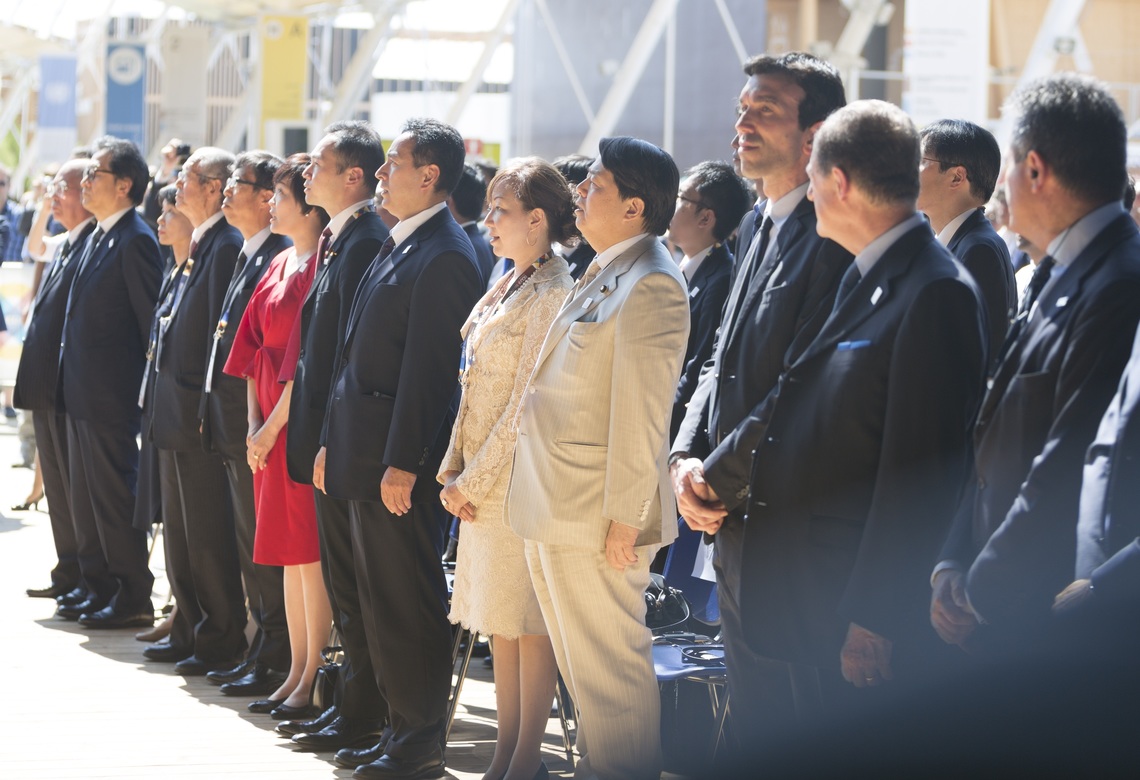
Japanese and Italian delegations. Mrs. Akie Abe, wife of the Prime Minister, also attended.
Gratitude for Reconstruction Support ~ Tohoku Recovery Festival Parade
Next is the "Tohoku Recovery Festival Parade." It was held to express gratitude for the support received from countries around the world following the Great East Japan Earthquake and to showcase the vibrant spirit of Tohoku.
It featured the six major festivals of Tohoku's prefectural capitals (Aomori Nebuta Festival, Akita Kanto Festival, Morioka Sansa Dance, Yamagata Hanagasa Festival, Sendai Tanabata Festival, Fukushima Waraji Festival) and four Fukushima regional festivals presented by the JA Fukushima Group (Nihonmatsu Kibata Flag Festival, Iwaki Jangara Nenbutsu Dance, Koriyama Uneme Festival, Aizu Higan Lion Dance). Doraemon, and even Prime Minister Abe's wife, Akie, attended, making it a large group of over 400 people.
Despite sweltering temperatures exceeding 35°C (95°F), the two parades were a huge success thanks to the cooperation of 160 volunteers, including local Italians. Spectators lining the streets commented, "This was my first time seeing a Japanese festival, and it was so varied and beautiful," and "I want to go to Tohoku and see the real festivals." Even after the parades ended, people could be seen everywhere taking commemorative photos with the festival participants.
It was impressive to see participants smiling without a trace of fatigue, saying things like, "It was really great that everyone got to know Tohoku and enjoy themselves."
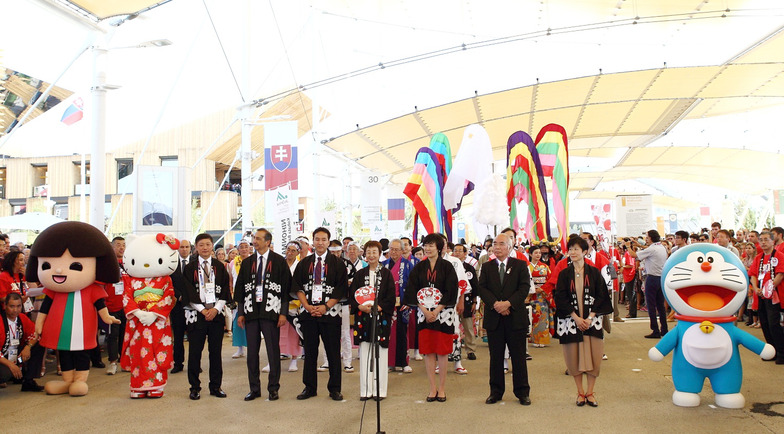
Departure Ceremony
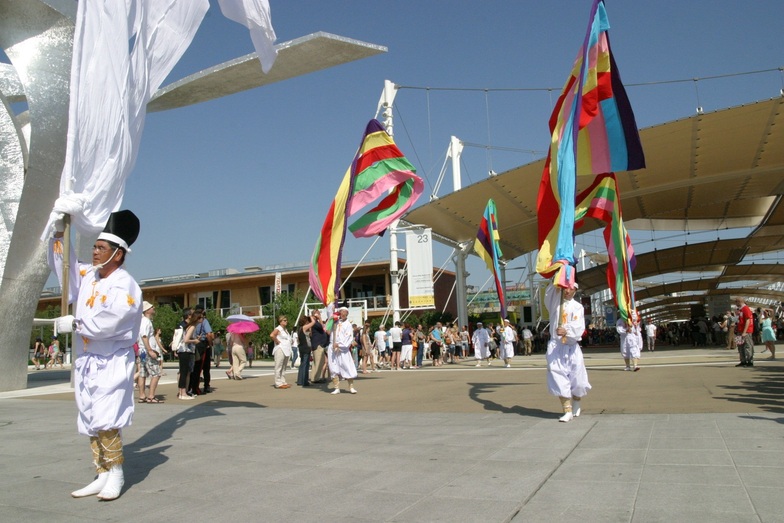
Kibata Flag Festival
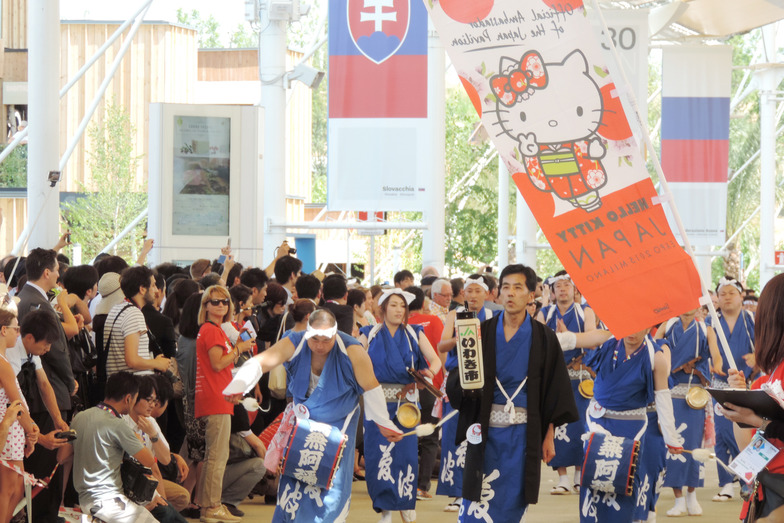
Jangara Nenbutsu Dance
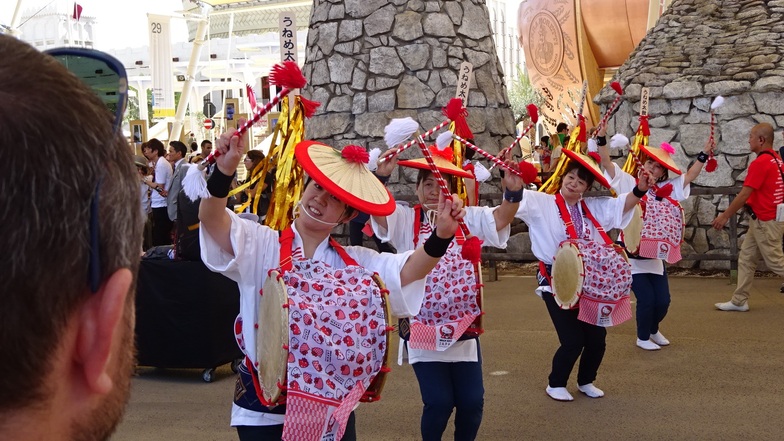
Uneme Festival
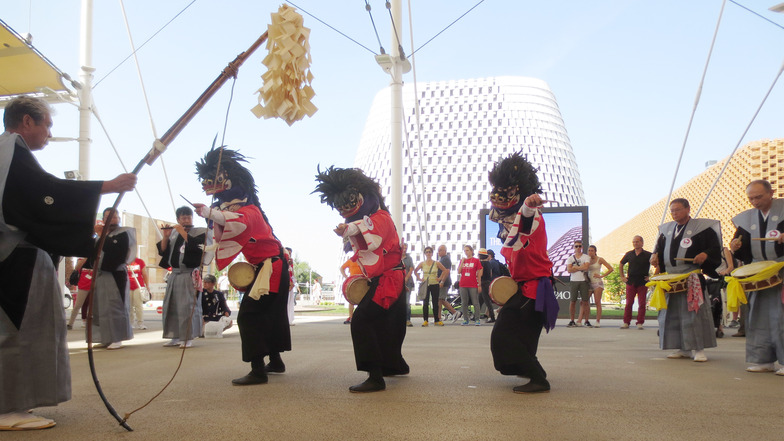
Aizu Higan Lion Dance
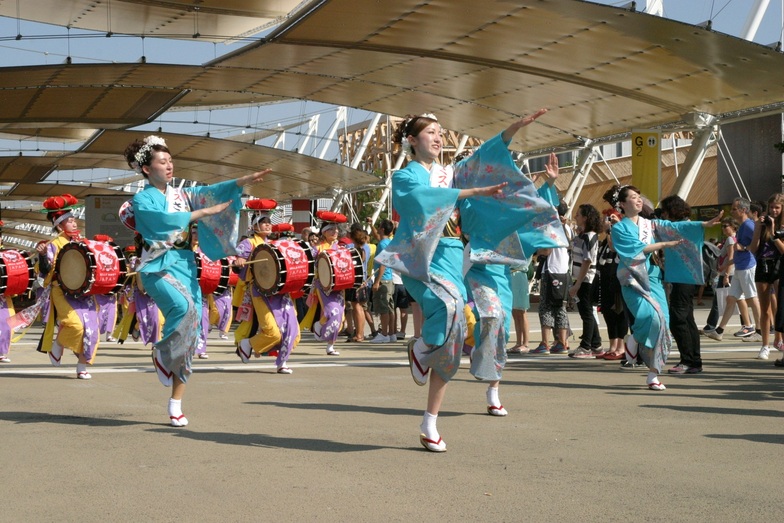
Sansa Festival
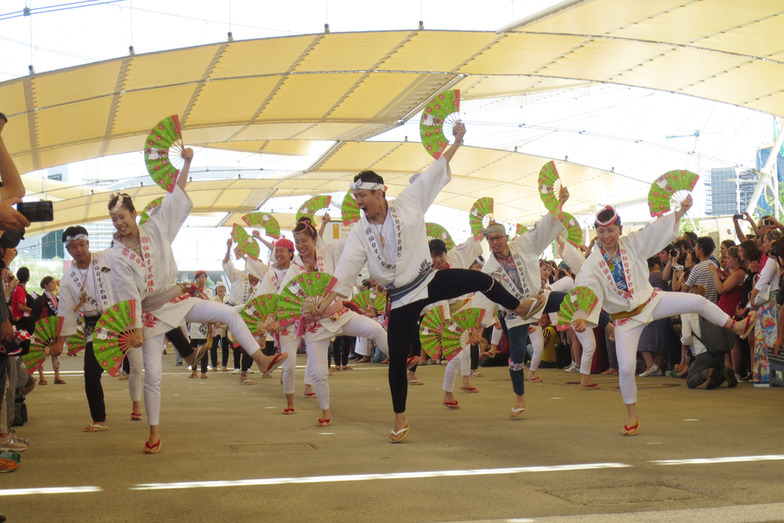
Sparrow Dance
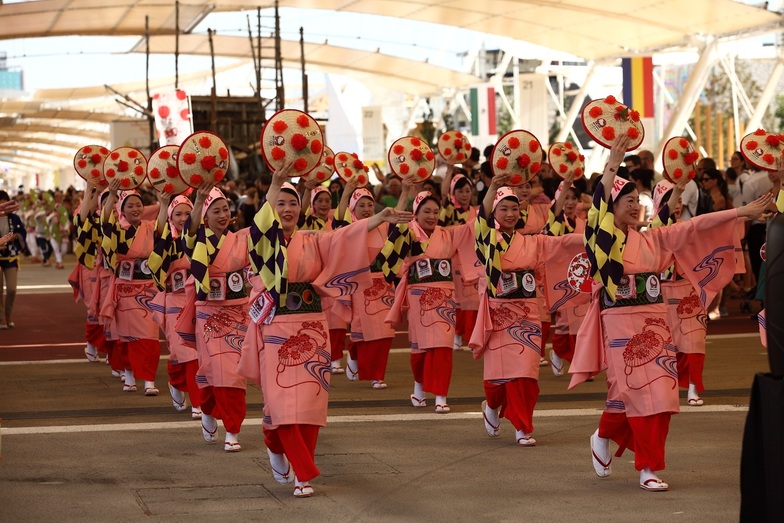
Hanagasa Dance

Nebuta floats made specifically for this event
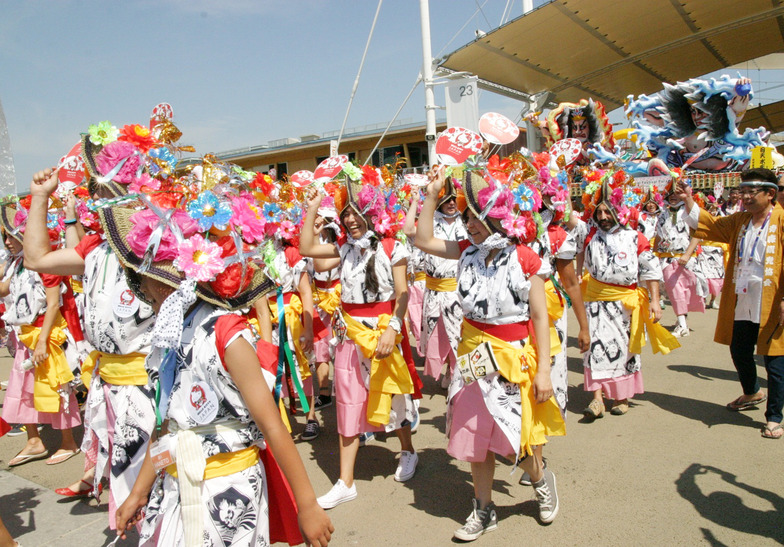
Local volunteers participating as Haneto dancers
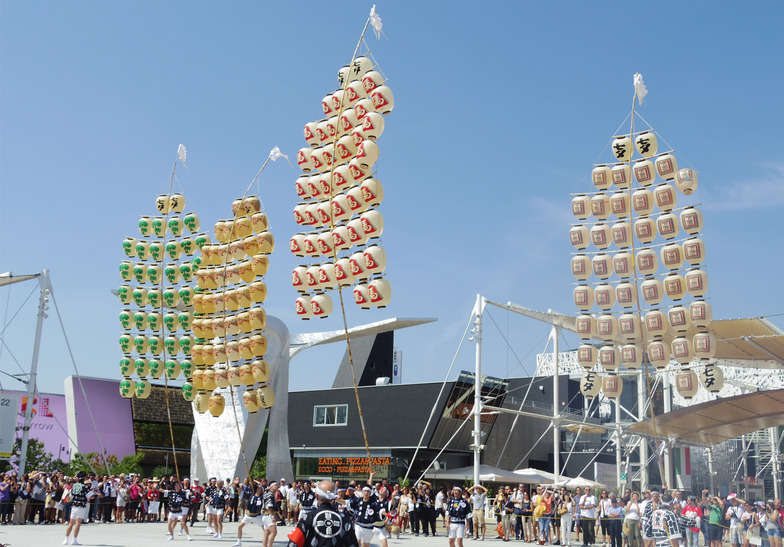
Kanto

Doraemon cheers at the starting point

Hello Kitty, Special Ambassador for the Japan Pavilion, at Tanabata

Sergeant Keroro's Nebuta float also participated
Dentsu Inc. was responsible for producing this parade. However, given the constraints of holding it in Italy, especially at an Expo site, decisions made during meetings kept changing back and forth. We also struggled to secure local volunteers, making the work very difficult.
The fact that we managed to pull it off safely can truly be summed up in one phrase: "on-site capability."
We are deeply grateful to all the stakeholders who supported us through this grueling 3-night, 6-day schedule.
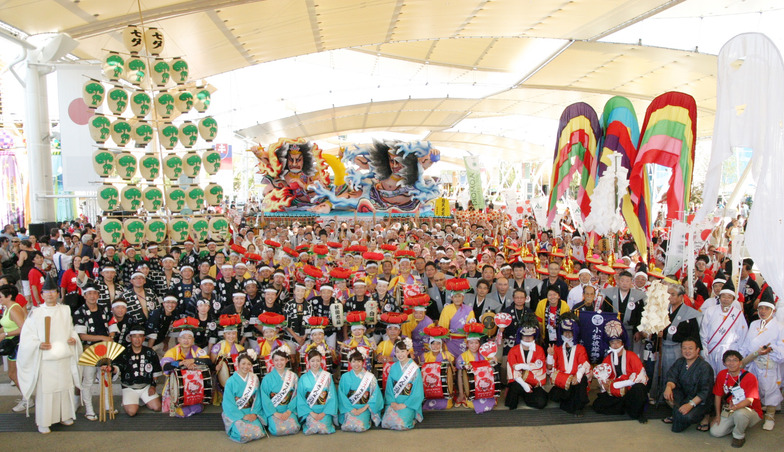
Group photo after completing the two parades
Kyary Pamyu Pamyu's First Live Performance in Italy
Additionally, the auditorium hosted the cultural performance "JAPAN DAY Special Live 2015," showcasing Japan's classical and traditional performing arts alongside pop culture.
Performances included Tsugaru shamisen by the Yoshida Brothers, a calligraphy and Japanese drum collaboration by calligrapher Shishu and the drum group Daidaidan Tenko, and the Noh play "Takasago" by Hosho Kazuhide, the 20th head of the Hosho school.
The finale featured a special live performance by Kyary Pamyu Pamyu, representing Japan's Kawaii culture. As this was Kyary's first performance in Italy, a line exceeding the venue's capacity formed two hours before doors opened, and the venue was packed to standing room only.
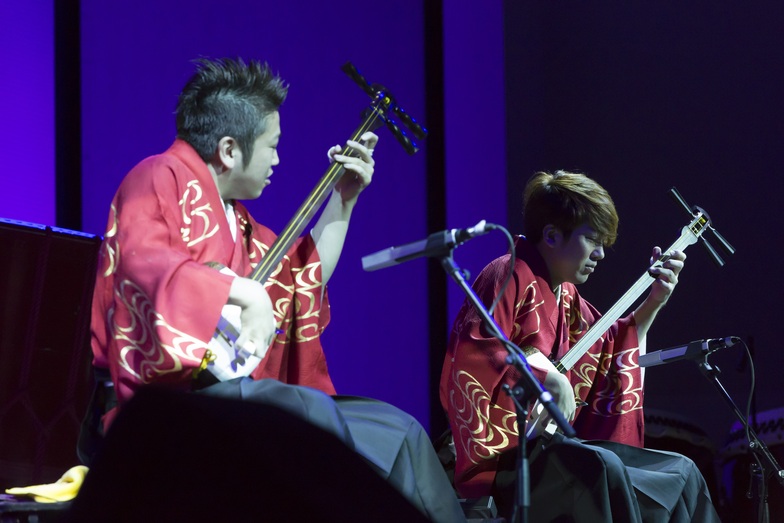
Yoshida Brothers
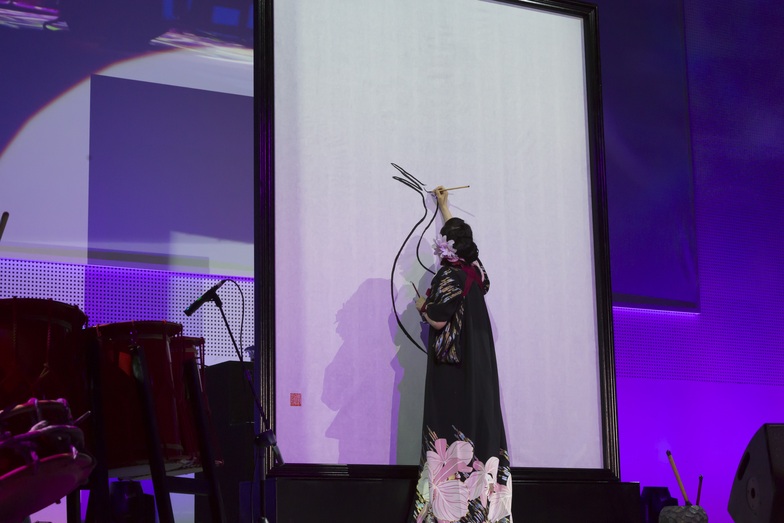
Shishu

Da Da Dan Tenko

Hōshō-ryū Twentieth-Generation Headmaster Hōshō Kazuhide

Kyary Pamyu Pamyu
Japanese Banquet ~ Japan Day Reception
The reception was held at Palazzo Stelline in Milan, moving from the Expo site.
Attendees savored authentic Japanese cuisine specially prepared by chefs from the Japanese Food Science Society, including Kikunoi, Tan Kuma, and Kyoto Kitcho, as well as special Italian dishes made with Japanese ingredients. They also enjoyed Japanese sake, which is hugely popular in Milan.
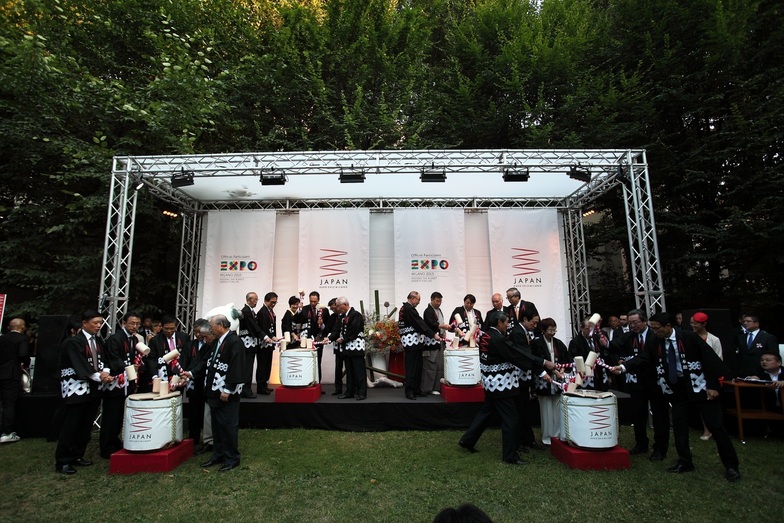
Kagami Biraki
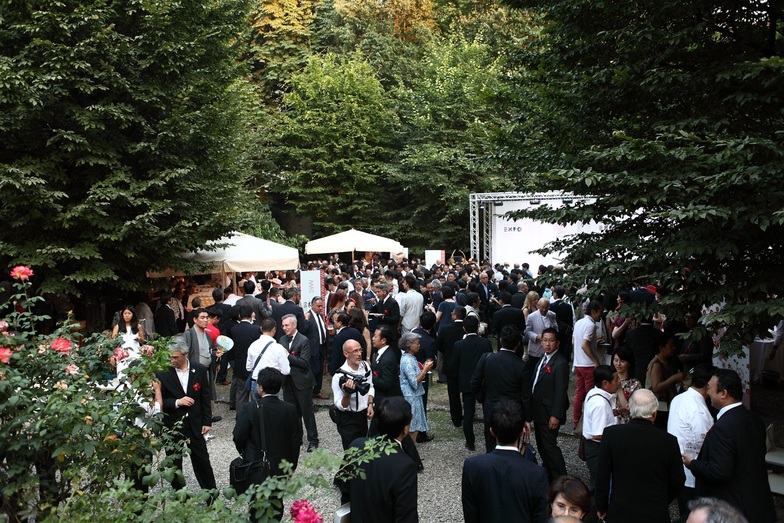
Reception Scene
This day showcased Japan's appeal in Milan through a nationwide effort.
The Milan Expo runs until October 31st.
If you haven't finalized your summer vacation plans yet, why not consider a trip that includes a stop in Milan?
Next time, we'll share the discussion from a roundtable featuring the four of us who worked together to make Japan Day a reality: Mr. Keiko Sakai of the Ministry of Economy, Trade and Industry, Mr. Hiroyuki Koyama of the Sendai City Economic Affairs Bureau, Mr. Hideo Noguchi of the National Agricultural Cooperative Central Union, and myself.























